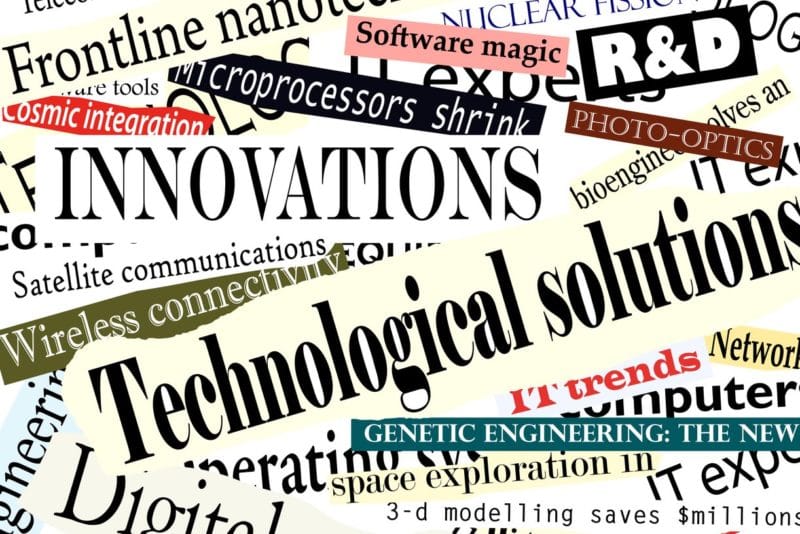Titles
and science communication
When researchers write an article, a report or when they prepare an oral presentation, they spend a lot of time thinking about the content but tend to overlook their title. However, a science title may be the most important component of their write-up. It should make the audience eager to pursue reading or to attend your presentation.

Before making a list of what makes a good science title, let’s take a look at their various forms. There are three types of titles:
– Declarative, they describe the main results (e.g. ‘A cognitive remediation protocol improves the memory of patients with Alzheimer disease’).
– Descriptive, they describe the topic of the article but do not reveal the conclusions (e.g. ‘The effects of a cognitive remediation protocol on patients with Alzheimer disease’).
– Interrogative, they introduce the topic in the form of a question (e.g. ‘What are the effects of a cognitive remediation protocol on patients with Alzheimer disease?’).
Generally, the title is written at the beginning of writing. It is then reworked at the end, in order to meet several goals.
Draw the reader’s attention
At first glance, your reader must be able to identify the subject of the study and the related science field. The science title must also differentiate the document from all the other content written on this theme. Often, online, only one part of the article is available for free. Therefore it is important to encourage the reader to buy the complete article.
Also think of adapting the title of your document to its audience: an article in a professional journal will not bear the same title as a newspaper for the general public, for example.
Be concise and specific
Typically, the title of a research article should include 10 to 12 words. A lengthy title may divert the reader’s attention from the main point. A title must be precise and specific, but not too technical. Avoid abbreviations and acronyms. Write scientific words in full and refer to chemical elements using their generic name (not their formula).
For example the title ‘New applications for molecular electrochemistry’ gives an idea of the topic and the field, but it lacks precision. A better title would be: ‘Molecular electrochemistry to probe the secrets of redox reactivity’ (Robert and Costentin, 2009). In this case, the content is explicit.
In a previous interview on this blog, Michael Alley explained that a bad title can even sometimes be misleading to the reader. To illustrate this, he used the following example: ‘Effect of moisture on the growth of avalanches’. In reality, the document deals with avalanches of electrons. This title does not help identify the subject of the article.
Being retrievable in a database
The title should make the document easily retrievable in a database. For this purpose, it is important to use the right keywords: ask yourself what words you would use to find your document in a database.
Since the engine search algorithms give more weight to less known terms, you must use precise keywords. Avoid empty words: studies, report, experimental measurement, theoretical approach…
Look at the following example: ‘Study of semi-isolating components under electronic irradiation’. This title could be enhanced by using the appropriate keywords. For example: ‘Influence of an electronic irradiation on the photo refractive non-linearities in semi-isolating components III-V et II-VI’ (Delaye, 1993).
To sum up, a good title should draw the attention of your audience, give them information on the content of your communication while being concise and specific, and include keywords so the article can be retrieved in a database.








